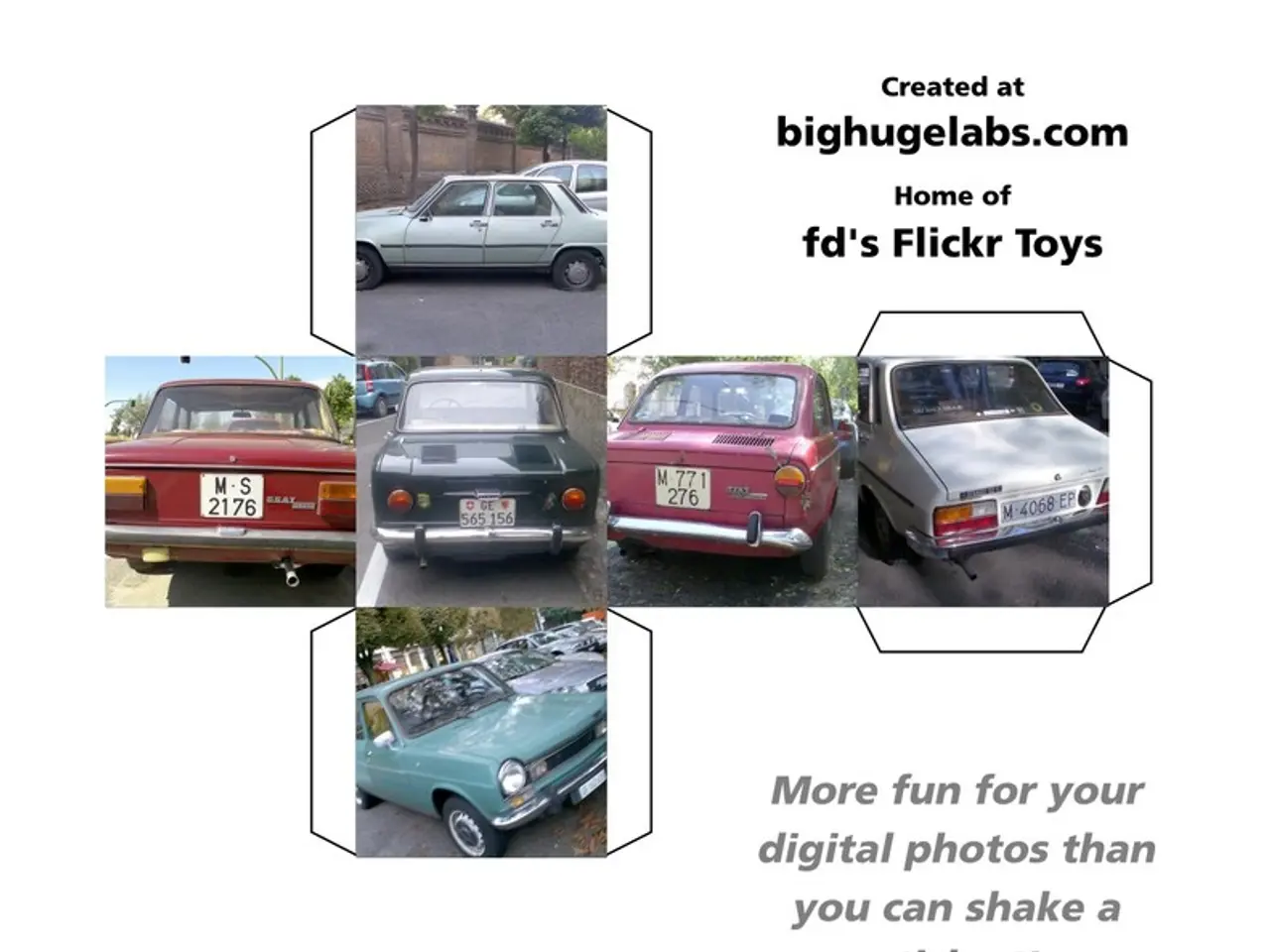Assessing the Differences Amongst Wireframes, Mockups, and Prototypes in Design Process
In the realm of product design and development, three essential concepts play a crucial role: wireframes, mockups, and prototypes. Each serves a distinct purpose, helping teams create user-friendly and effective products.
Wireframes: The Structural Foundation
Wireframes are low-fidelity, basic blueprints that focus on layout, information hierarchy, and user flow. Typically grayscale and static, wireframes are quick and cost-effective to create, ideal for early-stage structural exploration and gathering feedback on the organization of content and navigation paths. Wireframing tools like Sketch, Adobe XD, and our platform's Wireframing Tool are essential for creating wireframes.
Wireframes are best employed during the initial stages of the project, often right after the brainstorming phase. They prioritize structure over visual aesthetics and help lay down the information architecture, workflow, and basic UI elements. Each element in wireframes should be clearly labeled and annotated to explain interactions, flows, or conditional logic.
Mockups: Adding Detail and Visual Appeal
Mockups are higher-fidelity, static visual representations that apply design elements such as colors, typography, images, and branding. Unlike wireframes, mockups show more detailed aesthetics but do not include interactive functionality. They help teams and stakeholders review the look and feel of the product before any coding begins.
Mockups come into play once the basic structure and elements are decided upon. They take the basic structure provided by wireframes and enrich it with a higher level of detail that brings the design closer to the final product. Real content should be used instead of placeholders in mockups wherever possible. Mockups should incorporate colors, fonts, images, and other brand elements for a more accurate representation of the final product.
Prototypes: Testing and Validating the User Experience
Prototypes range from low- to high-fidelity interactive models simulating user interactions, navigation, and overall experience. Prototypes can be clickable versions made from wireframes or mockups and are valuable for usability testing, validating design assumptions, and capturing focused user feedback.
Prototypes are typically used during the latter stages of the design process. Prototyping tools allow designers to simulate actual user interactions, offering features like clickable buttons, scrollable areas, and even conditional logic. By utilizing these tools, designers can create realistic models of the final product for usability testing and getting valuable feedback.
Prototypes are the most advanced, offering a high-fidelity, interactive simulation of the final product. They are essential for testing user interactions, validating usability, and gathering specific feedback on navigation and features. This helps reduce rework, clarify expectations among teams, and simulate the final product experience for stakeholders or potential users.
Understanding the roles and intricacies of wireframes, mockups, and prototypes is instrumental in transforming an idea into a fully-functional, user-friendly product. Each element serves a unique purpose, helping teams iterate more efficiently, make data-driven decisions, and ultimately produce a successful end product.
Technology plays a significant role in the process of product design and development, as wireframing tools like Sketch, Adobe XD, and our platform's Wireframing Tool are essential for creating wireframes. Prototyping tools also leverage technology to offer features such as clickable buttons, scrollable areas, and conditional logic, which help designers create realistic models for usability testing and gathering specific feedback.




